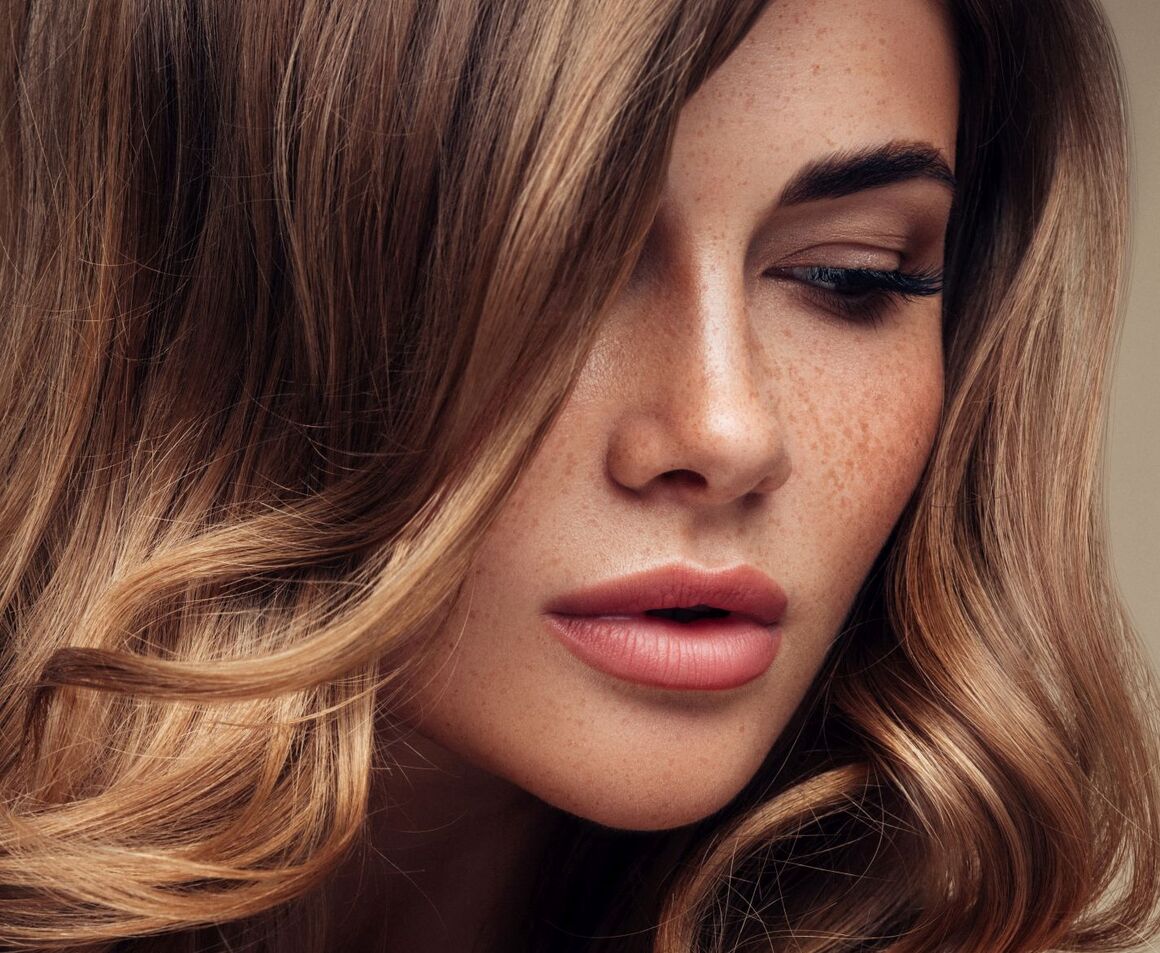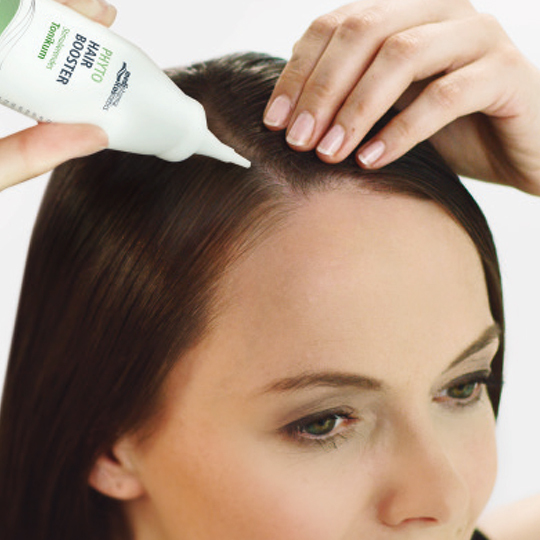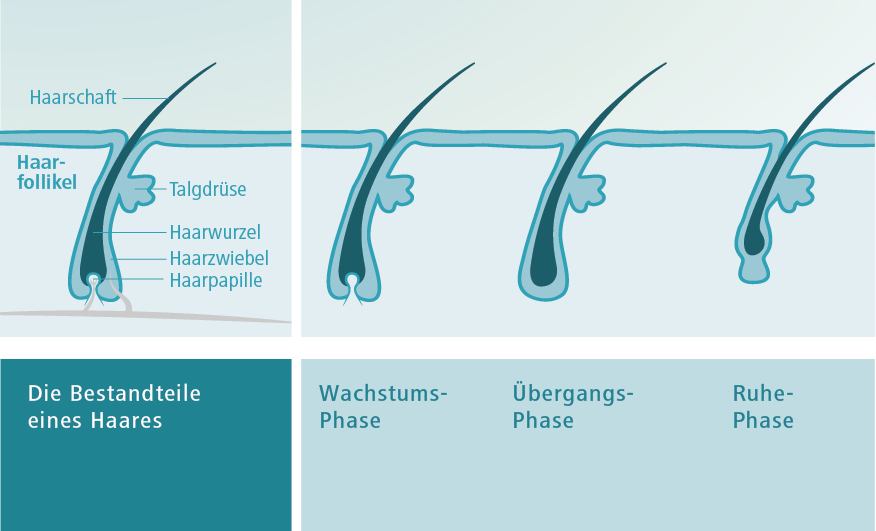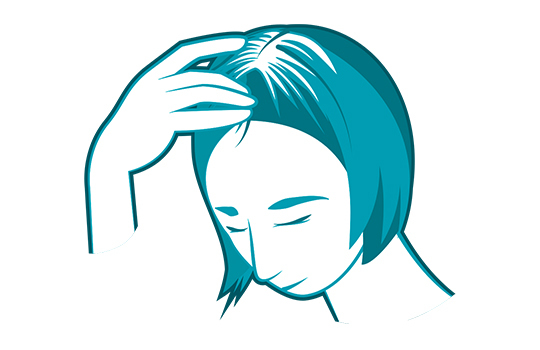WITH PLANT-DERIVED ACTIVE INGREDIENTS FOR HEALTHY HAIR GROWTH*
They grow, grace our head for a few years and - we lose them. Every day we lose a lot of hair. They end up on the pillow, stay in the brush or remain in the hair trap after washing your hair, and this is completely normal. It is only when more than 120 hairs fall out over a longer period of time that doctors speak of serious regrowth problems.
The most common form of hair loss is hormonal hair loss, the so-called androgenetic alopecia. If affects about 70 percent of all men and 30 percent of all women.
It is caused by an inherited hypersensitivity of the hair roots to the body’s own messenger substance dihydrotestosterone (DHT). DHT is produced in the scalp from the sex hormone testosterone. DHT docks to certain receptors of the hair roots and leads to the regression of blood vessels, which are important for hair root supply. The hair is no longer sufficiently supplied with nutrients, reaches the resting phase (catagen phase) faster and falls out correspondingly earlier. The process is repeated over many cycles, and the hair becomes weaker and thinner.
(*shampoo is for complementary care)






